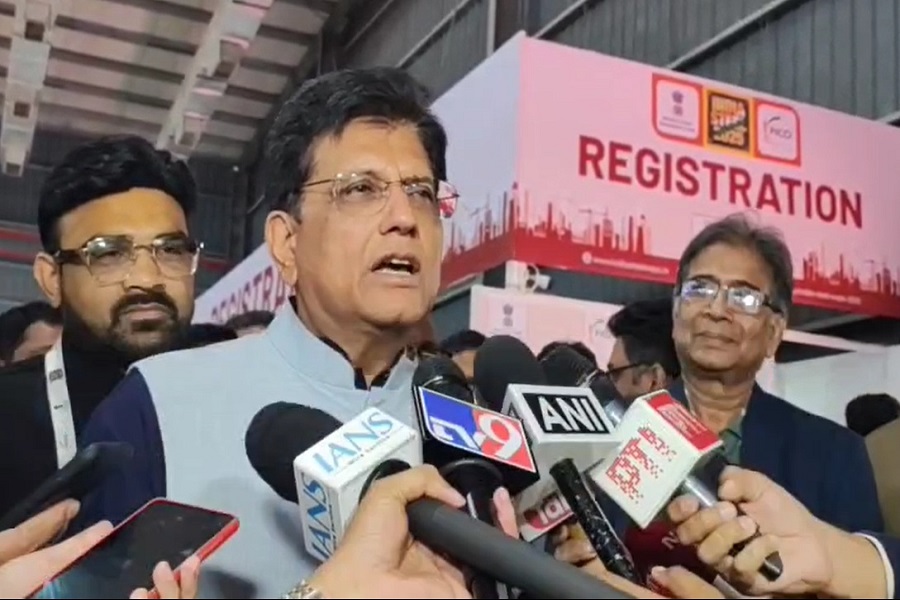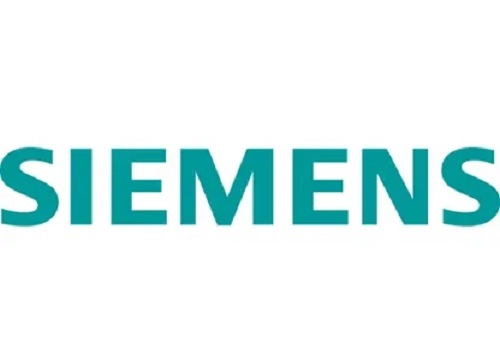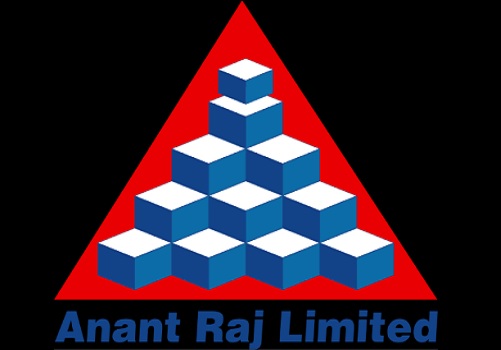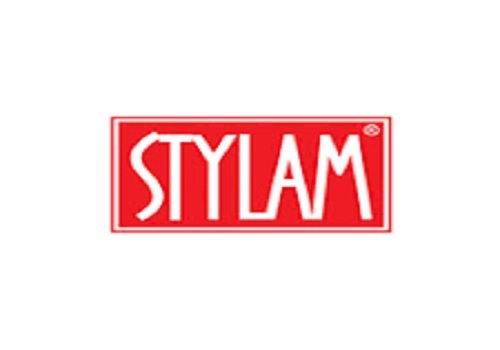Hold RBL Bank Ltd For Target Rs.180 - ICICI Securities
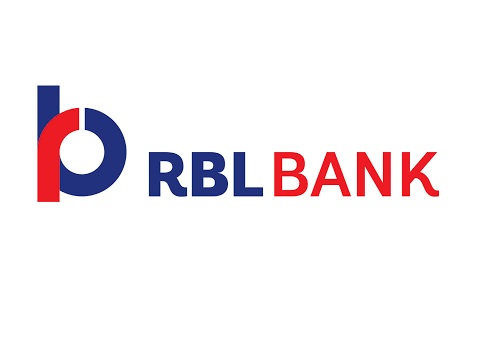
Under provisioning takes toll on earnings; transition underway
Not carrying any contingency buffer with low specific loan loss coverage at 52% was expected to keep RBL Bank’s credit cost elevated especially amidst the second covid wave disruption.
True to this hypothesis, slippages of >9%, restructuring of 2% and provisioning coverage shore up to 60% led to >10% credit cost. This, coupled with 25% YoY in opex, resulted in loss of Rs4.6bn in Q1FY22. Nonetheless, higher fee income and 19bp QoQ rise in margins supported operating profit growth. Primary sources of stress were credit card and micro banking portfolio. It is still not completely out of the woods and will take few more quarters to normalise its earnings trajectory.
Factoring more-than-anticipated stress and higher opex, we cut book value estimate by 7% for FY23E. Modest RoA/RoE in the interim will cap valuation at 0.8x FY23 ABV. Management is focused on reducing inherent business risk through granularity, scaling up products where it already has expertise, and fortifying the balance sheet through provisioning. Maintain HOLD with a revised target price of Rs180 (earlier: Rs190).
* Credit card and micro banking hurling more-than-anticipated stress: Stress accretion was anticipated to be higher for RBL – given the vulnerability of the pool (credit card, MFI, MSME, etc). True to this, slippages stood at Rs13.4bn in Q1FY22 (9% run-rate). Nevertheless, there were recoveries/upgrades of Rs2.7bn and aggressive write-offs of Rs7.7bn, thereby, containing rise in GNPA. Slippages were dominated by credit cards (Rs5bn, 4% of the book) and micro banking (Rs4.5bn, 7% of MFI book). Write-offs too were concentrated in credit card portfolio (~Rs5bn) wherein as per the policy write-offs once overdue crossed the 180dpd mark. Overall, gross NPA rose 65bp QoQ to 4.99% from 4.43% QoQ, while net NPA fell 11bp QoQ as the bank proactively took higher provisioning. We expect further stress to flow in micro banking and credit card and full year slippages for FY22E would be upwards of 6% and then moderate to >4% by FY23E.
* Restructuring at 2% and ECLGS at 2.2% of advances: Cumulative restructured pool stands at Rs11.5bn (2% of advances) of which 35% (Rs4.4bn) is towards wholesale and balance in retail. Similarly, ECGLS done by the bank stood at Rs14.2bn, which was concentrated towards wholesale comprising Rs8.8bn while retail share was capped at Rs5.6bn. As a prudent measure, the bank has focused more on the MSME segment for restructuring, while restructuring in unsecured segment has been very low. Going forward, restructuring pipeline is limited and the bank has created Rs1.37bn towards restructured pool at ~12%.
* Accelerated provisioning in retail portfolio leads to loss: Bank took accelerated provisioning on retail portfolio wherein credit cost was >10% as against minor provision write-back in its corporate portfolio. It made a total provision of Rs14.3bn in Q1FY22 of which Rs2.39bn was additional covid buffer and Rs3.65bn to shore up coverage ratio (excluding technical write-offs) by >8pps to 60.94%. Bulk of provisioning was towards credit card and micro banking. Going forward, we expect credit cost to be elevated for one or two more quarters (as it will choose to further shore up the buffer) before it normalises to steady state average of 2.5-3.0%. We model credit cost of 4.8%/2.6% vs our initial estimate of 2.9%/2.2%.
* NIMs were up 19bp QoQ to 4.36%: Despite interest income reversal impact of ~30bps, NIMs improved to 4.36% (up 19bps QoQ). Cost of deposit benefit was >25bp QoQ. Yield on advances also rose 40bp QoQ with growth being led by high yielding segment. With mix shift towards high-yielding retail, deployment of excess liquidity and lower interest reversal drag, the bank expects NIMs to move towards 4.7% in the medium term.
* Investment in technology, people and franchise coming at a cost: Operating cost settled much higher than expectations – up 25% YoY/19% QoQ. Asset acquisition cost (rollout of 0.3mn cards this quarter), driving larger digital agenda, expansion of branch footprint and building out secured asset capabilities will keep cost to income elevated in the near term.
* Opening up new secured avenues of lending: Advances were lower at 3.6% QoQ and flat YoY. Retail advances grew 7% YoY and down 7% QoQ as well. Within retail, credit card and agri supported growth. It will continue to scale up its domain expertise and gain market share in both MFI and credit cards. Also, it will push through more of secured lending – scale up gold lending, build tractor financing (in rural markets) and ramp up home loan portfolio. With sizeable reduction in cost of funds over the past few quarters, the bank is now looking to aggressively expand its secured low yielding home loan portfolio.
* Credit card business – cleanup leads to accelerated write-offs: After write-off of 10.5% in FY21, RBL took another 4% (non-annualised) write-off in Q1FY22 as it has a policy of writing-off credit card portfolio once its crosses 180 dpd. As a result, calculated GNPA for cards business was down to 4.2% (vs 5.6% QoQ). Also, credit cost for cards business has been elevated at ~10% since the past five quarters vs its pre-covid run-rate of 5-5.5%. However, going forward in H2FY22, it believes credit cost in cards portfolio is likely to normalise. Credit card portfolio was down 1.1% QoQ as acquisition was slow due to limited business activities. Impact on credit card issuance due to Mastercard ban is lesser than expected, since the bank would be able to go live with VISA cards issuance from August.
* Microfinance - gradual recovery in sight: MFI business was significantly impacted by second covid wave as infections were quite widespread in rural areas. Micro banking portfolio was down 17.5% QoQ while GNPAs spiked to 9.6% from 3.6% QoQ. Bank increased exposure to Bihar, UP etc. and reduced exposure to Karnataka, Maharashtra, Assam. CE was down from 97% in Mar’21 to 79% in May’21, 82% in June’21 and 88% in Jul’21. However, it is interesting to note that ~27% customers who slipped in June are paying in July. We continue to remain cautious on this portfolio and will review and monitor collections, stress and political developments (if any) amidst covid resurgence to tweak our stance.
* Housing – a new feather in the cap for secured business diversification: To reduce inherent risk in the business model, management is looking to scale up the secured retail portfolio (affordable housing and low-cost mortgages). Bank is looking to add 80-100 branches every year going forward. On housing loans, bank is of the view that its cost of deposits is likely to fall below 5% by FY22-end, which should then narrow the gap between RBL and major banks. Hence, this will help it lend at competitive rates. It is looking to target cross-sell to existing retail customers who already have home loans in the range of Rs2-5mn. Also, it will focus on rolling out more products in the rural segment, namely 2-wheeler financing, home extension loans and tractor financing (besides micro banking).
* Transformation journey 2.0 underway: FY21 has been a year of building resilience through balance sheet fortification. RBL was focused on building granularity both on asset as well as liability fronts. Granularisation of deposits, reducing concentration of corporate exposure, building out new secured lending products, and accelerating provisioning on unsecured lending was effected in FY21. The objective was to ensure consistent growth in operating profits. With tightening of risks, strengthened collections, portfolio diversity and building digital capabilities, RBL is now prepared for growth in FY22 and beyond. Bank is looking to build capabilities to deliver consistent return higher than the cost of capital. It believes that a big delta, which is unexploited, is cross-sell to existing cards customers and is now a major KRA for the bank. Over the next 2-3 years, it is targeting loan mix of 65:35 for retail:wholesale and aiming at 1% exit RoA for Q4FY22.
To Read Complete Report & Disclaimer Click Here
For More ICICI Securities Disclaimer https://www.icicisecurities.com/AboutUs.aspx?About=7
Above views are of the author and not of the website kindly read disclaimer

